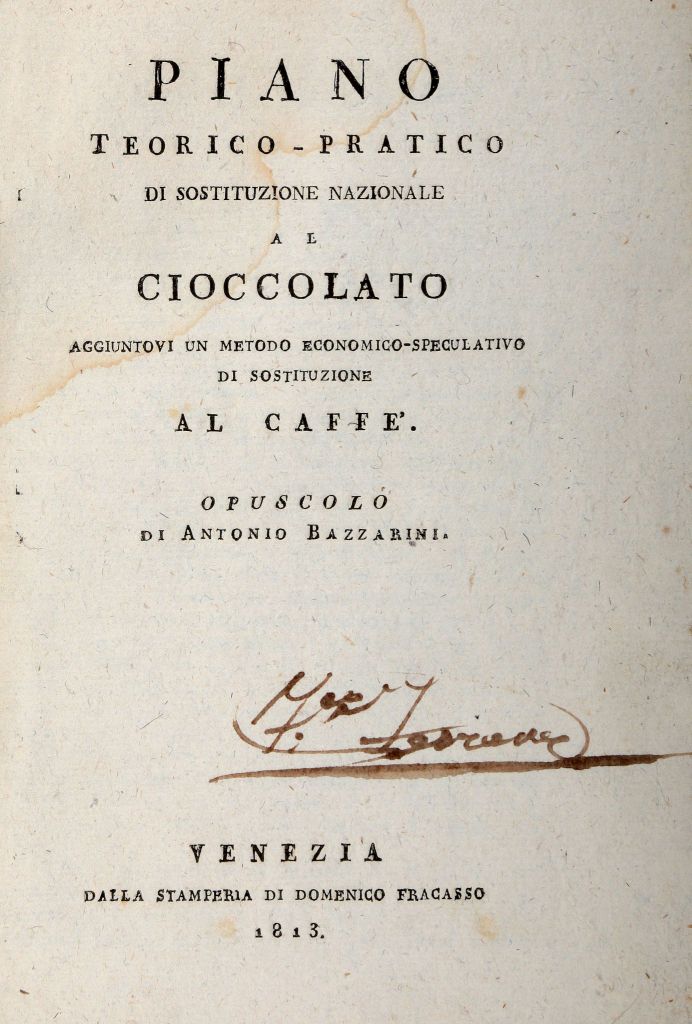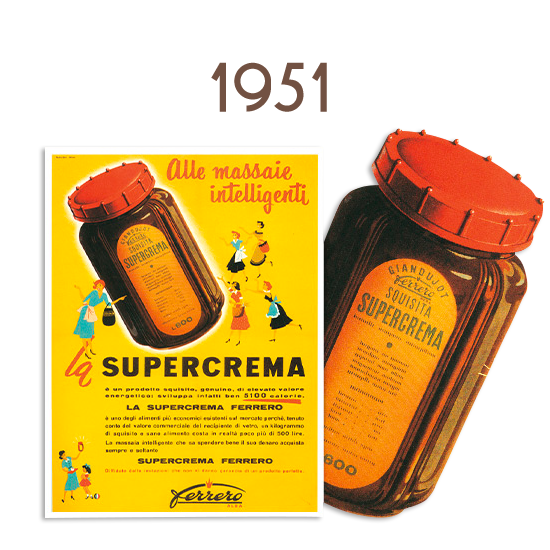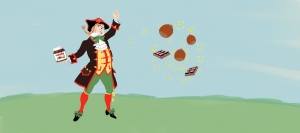#67 Nutella Since Napoleon
This is the incredible true story of Nutella - properly pronounced as "New-tell-uh"! I know...it looks like it should be pronounced "nut-ella", but the name was created in Europe, so it may be useful to remember that the root word "nut" is "nuss" in German, "noce" in Italian, "nuez" in Spanish, "écrou" in French, etc...so it's not too surprising that it's not pronounced the way North Americans might expect.
To help us with the story, we consulted Gigi Padovani, the author of the book "Nutella World”.
According to Gigi Padovani, to find the origins of Nutella we should go all the way back to the early 1800s to the Napoleonic Wars. This was a set of massive conflicts between the French Empire and its allies, and various European powers - most notably the United Kingdom. During the Napoleonic wars, embargoes and blockades disrupted the trade of goods. This led to imported foods becoming very expensive and limited, which led to creative substitutions for chocolate, such as recipes that included the partial replacement of cocoa beans with mixtures using hazelnuts. The important thing to take away from this is that, according to this story, this is when cocoa first met hazelnut!

al cioccolato" [credit The Saleroom]
The influence of the Napoleonic Wars on the creation of the early Nutella-like recipes is debated, but here's an interesting tidbit for you. There is actually a 15 page booklet from Venice, which was published in 1813 - when translated to English, its title was “A theoretical-practical plan for the national substitution of chocolate”. Basically, the booklet recommended that recipes should use native species to partially replace imported cocoa beans, but then to still use cocoa in smaller amounts to give the final product a semblance of being made with the usual proportion of cocoa. The booklet actually provided a recipe one could use to substitute cocoa - it was a mixture of almonds, lupines, corn, powdered cinnamon, vanilla, and sugar. Here's the kicker - in the recipe, you could also substitute the almonds with hazelnuts.
"Gianduia" (also spelled "Gianduja") is the generic name for a hazelnut-chocolate paste and is the ancestor of Nutella. We don’t know exactly when gianduia was created, but as we've already mentioned, some sources say it was created during Napoleon’s time in power. Caffarel, the company that took the gianduia paste and formed it into the popular product called “Gianduiotto” (which is basically gianduia formed into the shape of an upturned boat), says they created the first cocoa & hazelnut dough in 1852, then sold it as Gianduiotto in 1865.
Ok, before we move on from this foggy part of the story, the last thing you should know here is that the names "gianduia" and "gianduiotto" both come from the name of a traditional Piedmont mask representing a jovial character. The name “Gianduja” is a shortened version of the Piedmontese name “Gioan d’la duja” - which can be translated to something like "John of the Jug".
So far, we’ve talked about products that were precursors to Nutella, but now we’re going to talk about the history of Nutella itself.

Pietro Ferrero created a hazelnut-cocoa mixture that he called "Giandujot". He was motivated to do so after the Second World War, because chocolate was very expensive at the time. Pietro knew that he had to make something delicious and luxurious but less expensive. This product was much thicker than the spreadable Nutella we know today. After Petro died of a heart attack in 1949, his son Michele took over the family business. Michele Ferrero created Supercrema, which was a more spreadable version of his father's Giandujot.
The genius of making the product more spreadable was that people could get the delicious flavor, even with a very thin spread - you could use as little or as much as you could afford to. It was advertised as a product which provided a lot of calories for your money. For what would be around $25 today, you were getting over 5,000 calories! So it was popular amongst parents and kids. Quite adorably, small towns in the southern part of Italy started a service called “spreadfest” - basically kids could bring a slice of bread to a milkman or baker, and get Nutella (back then called “Supercrema”) spread on top for a very small price equivalent to a few pennies.
Supercrema was a huge success - so why did they change the name to Nutella?
In 1962, there was a new law in Italy that forbade the selling or advertising of products with names that misleadingly implied things about the quality or nature of the product. So for a name like “Supercrema” the “super” part of that name could get the company in trouble if the company couldn’t come up with any objective proof that the product qualified as “super”. They needed a new name.
For the new name, the company realized that it needed to be a word that made sense internationally. They needed a word that could quickly let the consumer know what the product was, and it needed to be memorable, and easy to say. At the time, they were also specifically interested in breaking into the German market (which was very into chocolate, but not that into Supercrema) so they zoned in on the word “nut”, which is “nuss” in German. The name "Nussly" was a real contender but it was too targeted towards Germany and didn't have enough international appeal. Finally, Michele Ferrero came up with the name "Nutella" and it stuck!
Special Thanks To Our Interviewee:
Gigi Padovani - author of "Nutella World"

